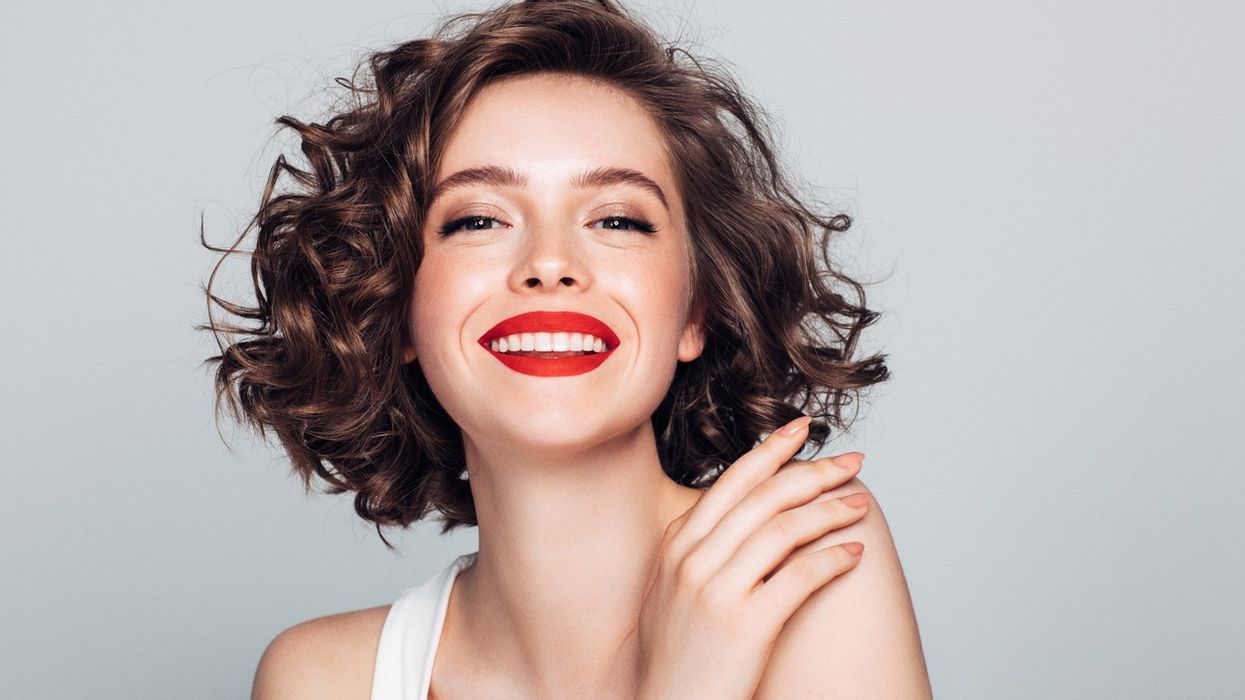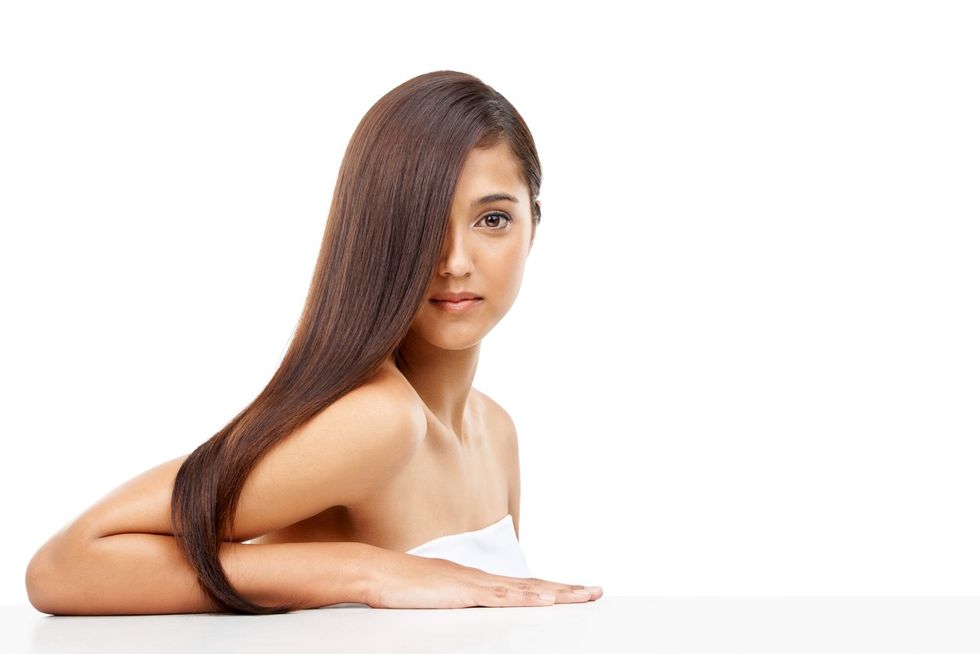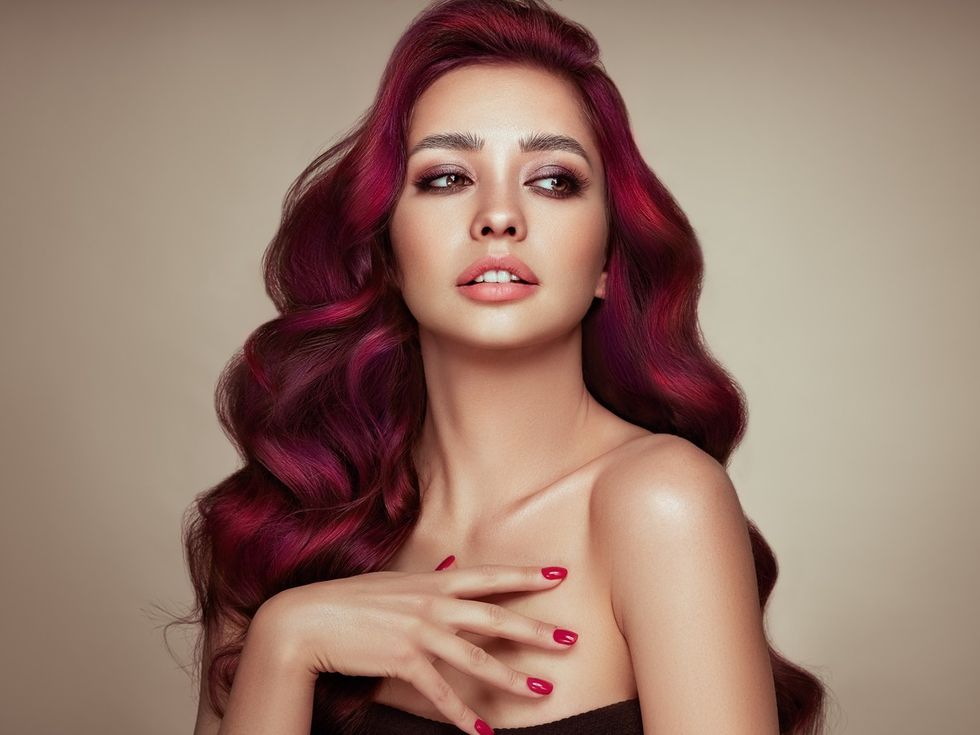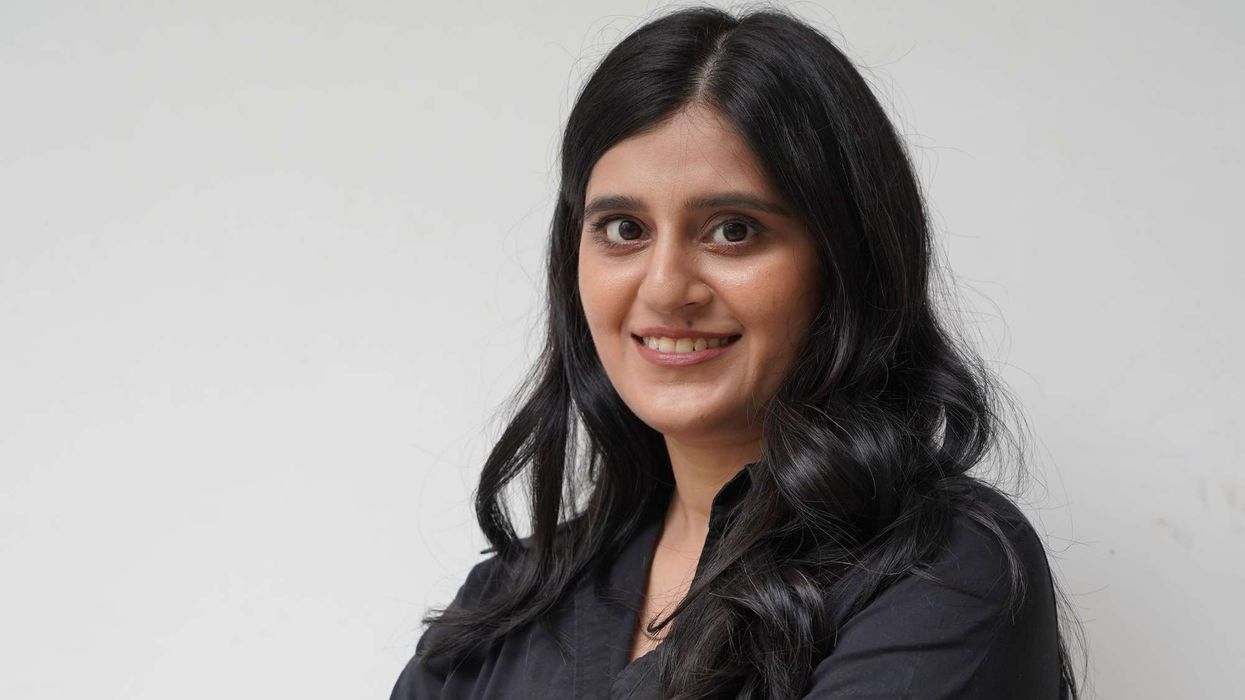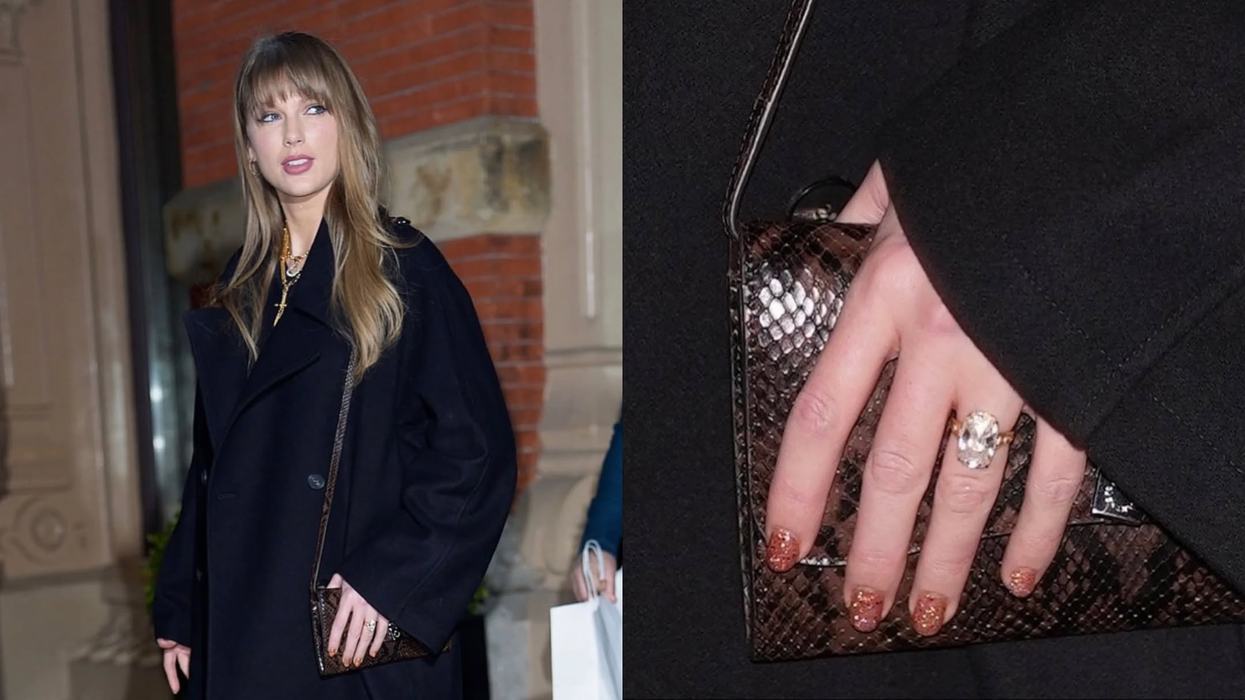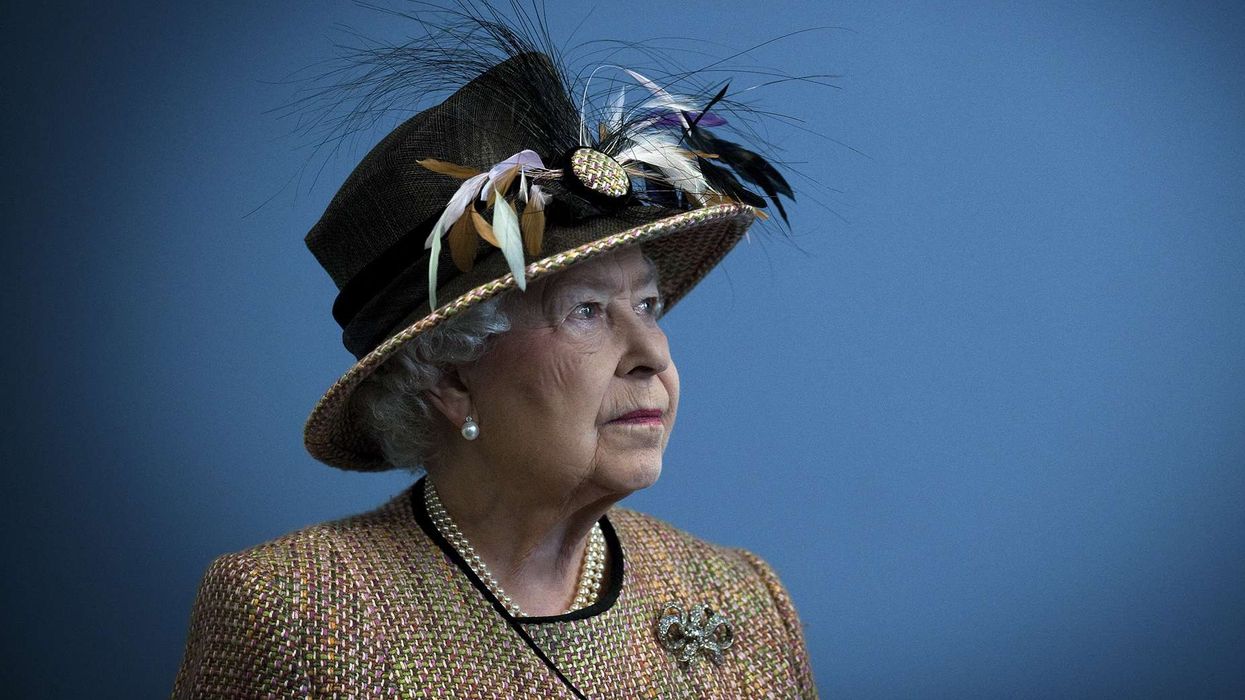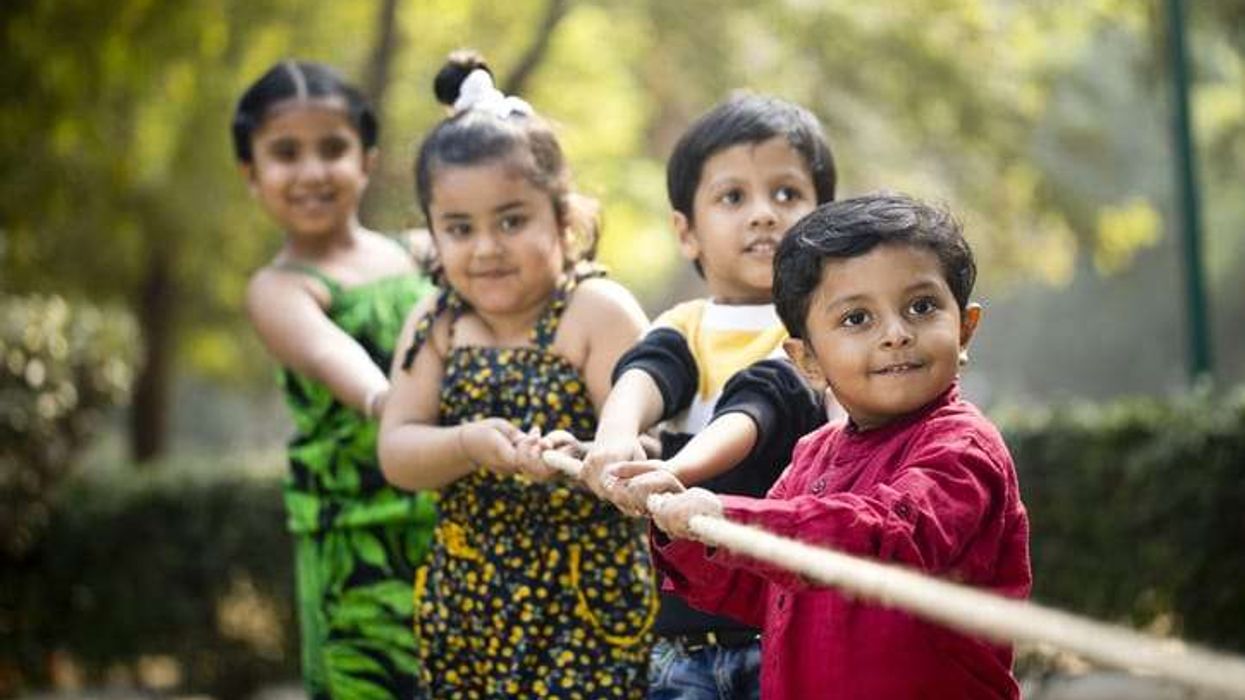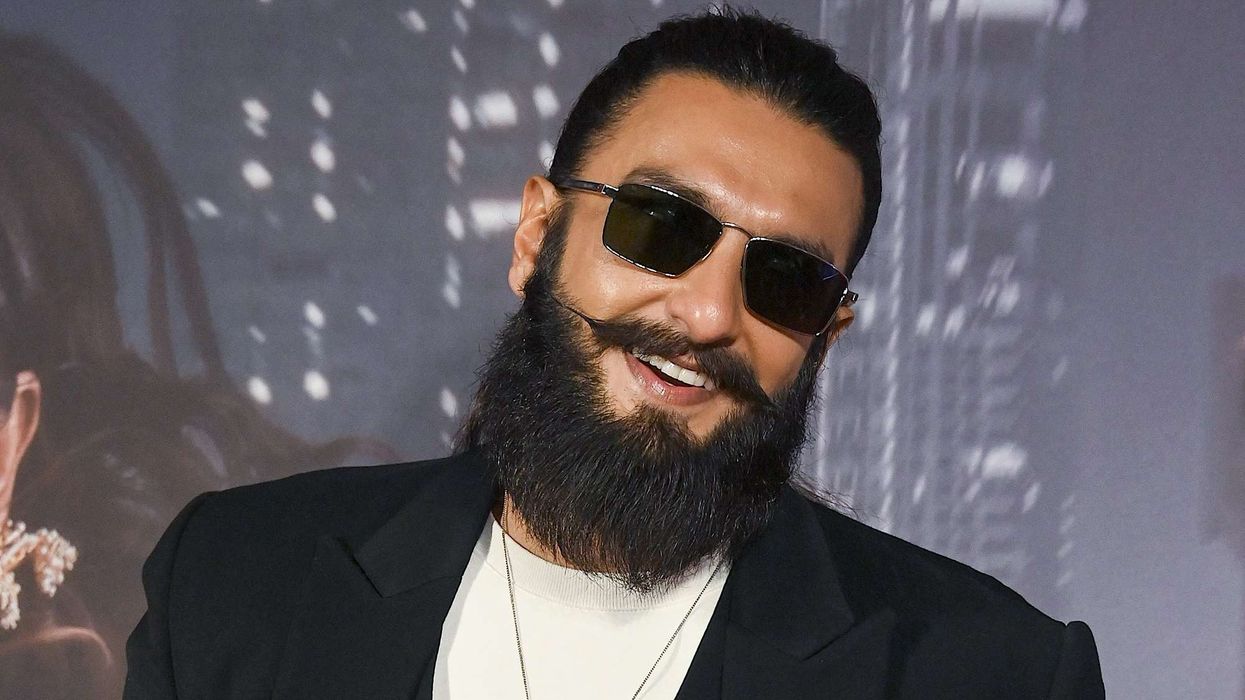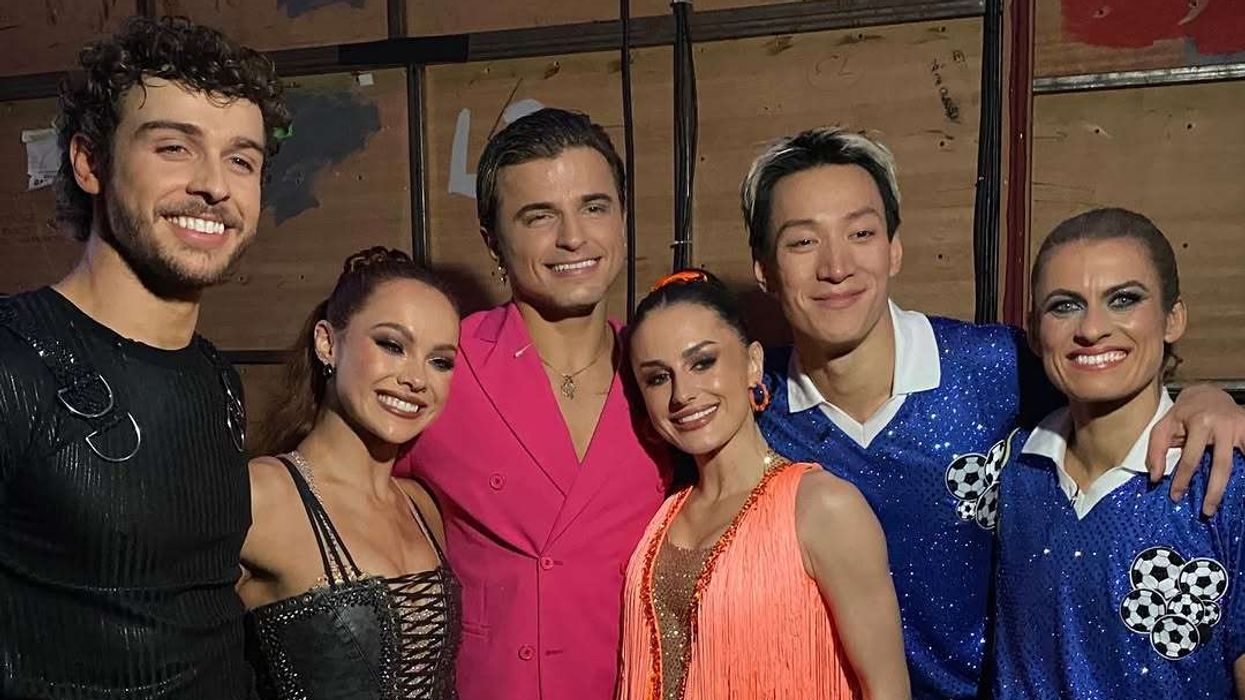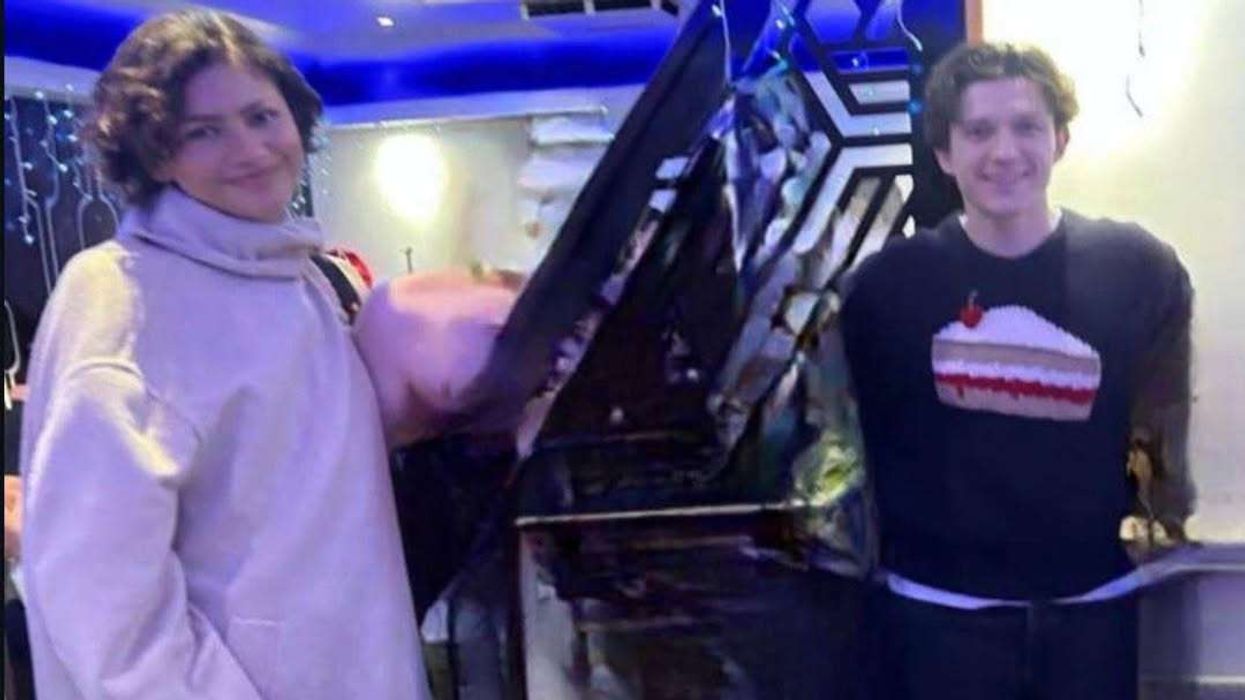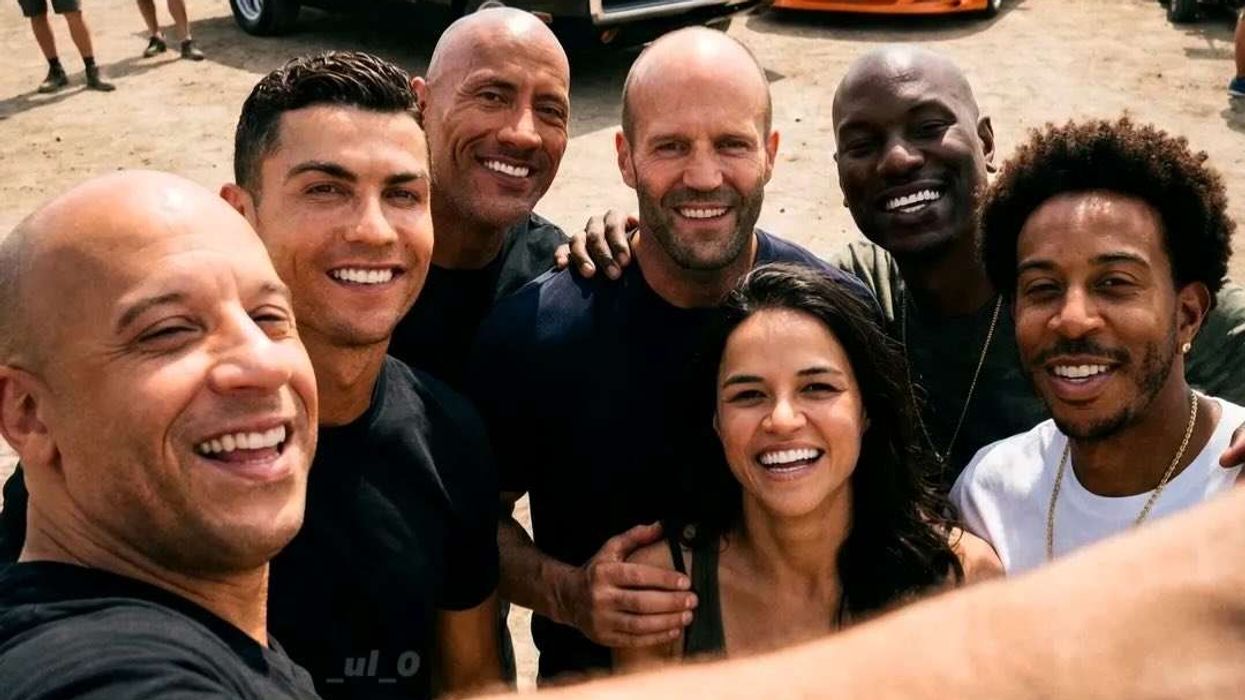THE world of hair is always buzzing at the beginning of a new year, with fresh trends set to change the beauty game.
From daring cuts to sleek, simple styles, the 2025 hair trends offer something for everyone, making it the perfect time to try something new. Fashion catwalks, influencers, and top salons have shown there is plenty to get excited about.
With that in mind, Eastern Eye asked celebrity hair and beauty expert, entrepreneur, and owner of the Tiara Organic salon in Chelsea, Dimps Sanghani, to highlight some top trends for this year.
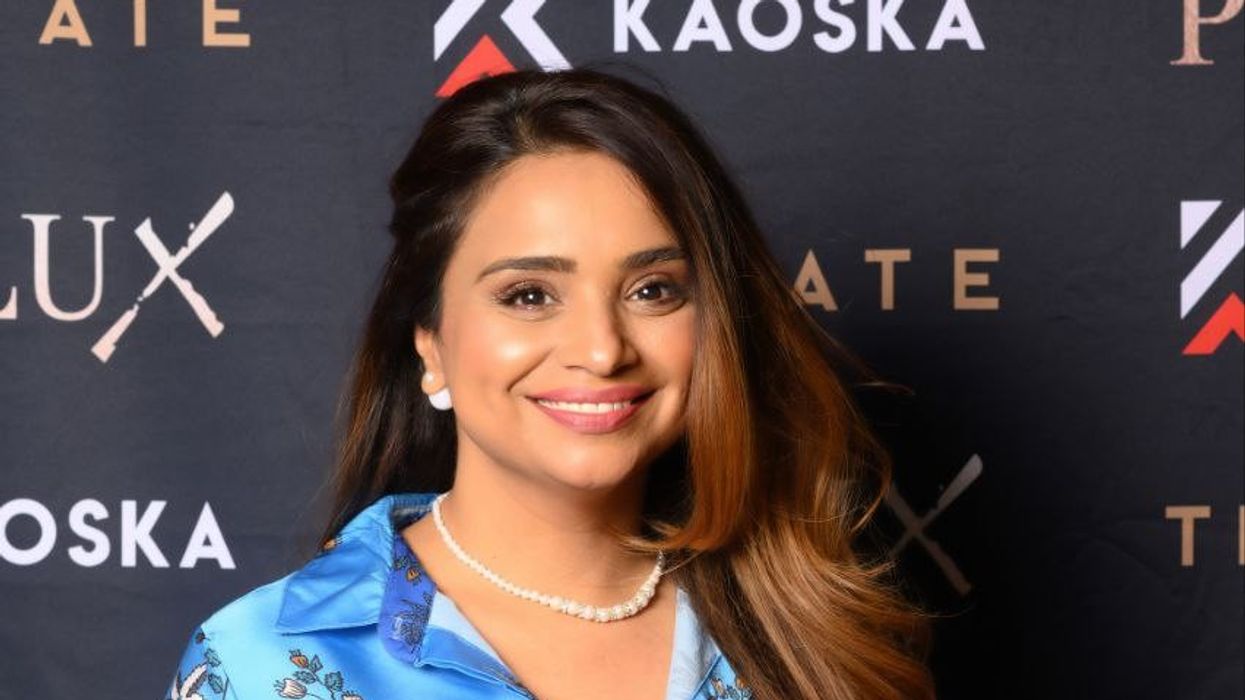
Textured and lifted luxe bob: Classic bobs with a modern twist are back, combining chic with effortless style. This look is defined by its structured silhouette and soft layering, enhancing movement. It is perfect for anyone seeking a versatile yet polished look. Whether you choose a sleek, blunt bob or a more textured, tousled version, the bob is back – cool and better than ever. It makes a statement and can be styled in multiple ways.
Natural texture: Fall in love with natural, healthylooking hair. This year will celebrate natural texture, encouraging people to embrace and enhance what they have. Whether loose waves, tight curls, or something in between, it is time to rock your natural texture and own it. This look focuses on being authentic and avoiding unnecessary styling, which also promotes healthier hair. Textured waves offer a dreamy, effortless look.
Modern shag: The shag hairstyle is back and set to turn heads this year. The modern shag is a contemporary take on the 1970s classic, featuring layered, choppy cuts that create texture, movement, and volume. Often paired with curtain bangs or faceframing layers, this style is versatile and suitable for various hair lengths and textures. For maximum volume, try a bombshell blowout.
Sleek and straight: This timeless trend is making a big comeback in 2025. While textured hair and bold colours remain popular, sleek, straight hair is reclaiming its spotlight. This classic style, suitable for all occasions, offers versatility and elegance. Ultraglossy, mirror-like hair looks incredibly healthy and polished. It is also budget-friendly and easy to achieve at home with the right tools, products, and knowledge. A quality flat iron and high-shine serum are all you need to create this sophisticated look.
Wavy layers: Natural curls and texture were celebrated at the Spring/Summer 2025 shows, with designers like Stella McCartney and Gabriela Hearst embracing big, voluminous hair. This trend is all about enhancing volume and definition, making it the perfect time to embrace natural curls or waves.
Cool colours: If you feel like shaking things up, why not book a salon appointment and try a new hair colour? Low-maintenance options that do not require constant upkeep are in demand. Dominant shades include creamy blondes, metallic brunettes, fiery reds, cherry cola, toasty ash hues, burnt caramel, cappuccino brunette, and warm apricot. Apps are available to preview colours before committing.
Beautiful bangs: Bangs are making a big comeback this year. Adding layers can enhance volume, dimension, and structure. Style them to suit your mood, the occasion, or even the weather. Pairing bangs with a hairband and leaving a few wispy pieces loose creates a fresh, chic look. Vintage-inspired bangs are also trending.
Jewelled hair accessories: While 2024 was the year of the hair bow, 2025 will see a rise in flamboyant hair accessories. From pearls to gold to diamonds, glamorous clips, claws, and hair ties will dominate. Enhance braids with beads, threads, shells, or other decorative elements for a personalised and eyecatching style.
Vintage vibes: Create a fashion-forward look by taking inspiration from the past. Whether an old Hollywood bob or a bohemian-inspired style, retro looks offer endless possibilities. These playful throwbacks can be adapted for different occasions to make a bold style statement.
Dimple Sanghani is a London-based hair and beautyexpert. Visit Tiara Organic Hair & Beauty at www.tiaraorganic.com and Instagram: @dimps.sanghani
